Adrien Meynard
Phys-ENS
Consistent Spectrogram Separation from Nonstationary Mixture
Jun 25, 2024Abstract:We present a spectrogram separation method tailored for mixtures comprising two nonstationary components. By exploiting the unique characteristics of their time-frequency representations, we propose an inverse problem formulation to estimate the spectrograms of the components. We then introduce an alternating optimization algorithm that ensures the consistency of the estimated spectrograms. The efficacy of the algorithm is evaluated through testing on synthetic mixtures and is applied to a bioacoustic signal.
Predicting Trust Using Automated Assessment of Multivariate Interactional Synchrony
Jan 06, 2022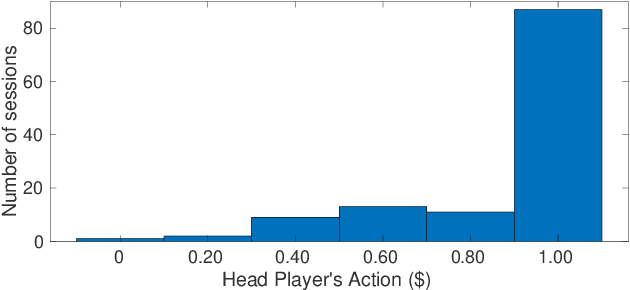
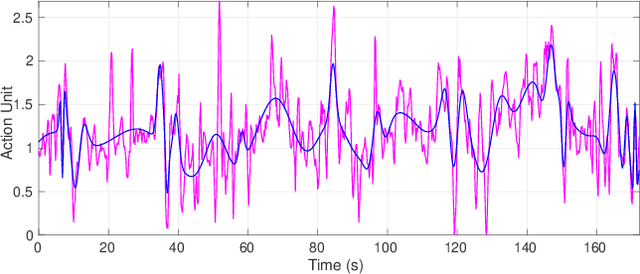
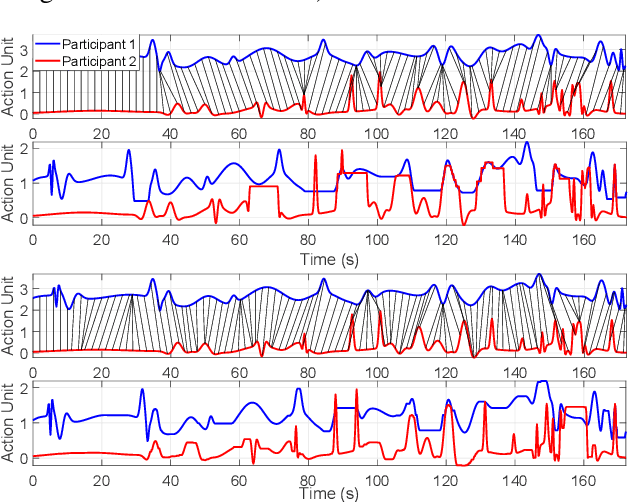
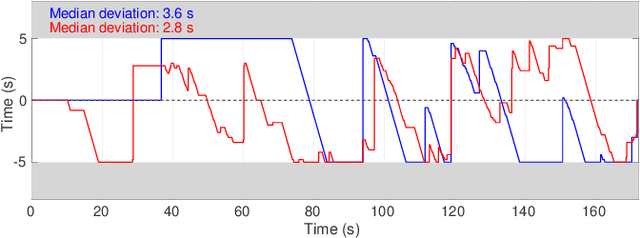
Abstract:Diverse disciplines are interested in how the coordination of interacting agents' movements, emotions, and physiology over time impacts social behavior. Here, we describe a new multivariate procedure for automating the investigation of this kind of behaviorally-relevant "interactional synchrony", and introduce a novel interactional synchrony measure based on features of dynamic time warping (DTW) paths. We demonstrate that our DTW path-based measure of interactional synchrony between facial action units of two people interacting freely in a natural social interaction can be used to predict how much trust they will display in a subsequent Trust Game. We also show that our approach outperforms univariate head movement models, models that consider participants' facial action units independently, and models that use previously proposed synchrony or similarity measures. The insights of this work can be applied to any research question that aims to quantify the temporal coordination of multiple signals over time, but has immediate applications in psychology, medicine, and robotics.
An Efficient Forecasting Approach to Reduce Boundary Effects in Real-Time Time-Frequency Analysis
Feb 22, 2021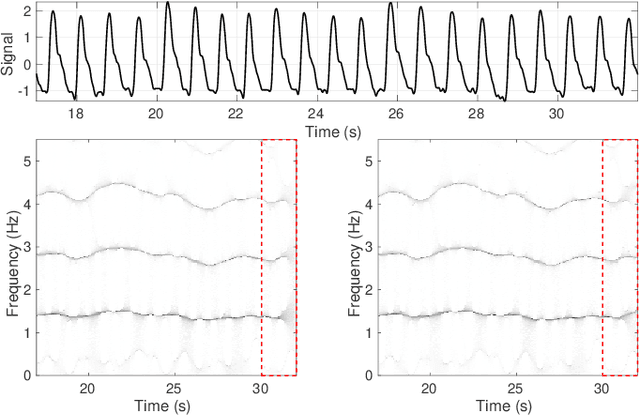
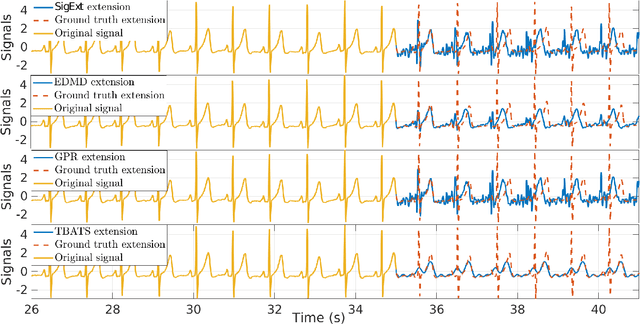
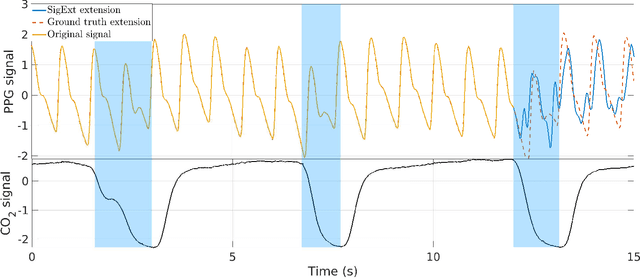
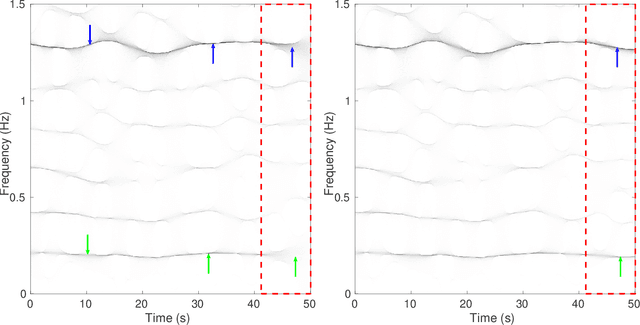
Abstract:Time-frequency (TF) representations of time series are intrinsically subject to the boundary effects. As a result, the structures of signals that are highlighted by the representations are garbled when approaching the boundaries of the TF domain. In this paper, for the purpose of real-time TF information acquisition of nonstationary oscillatory time series, we propose a numerically efficient approach for the reduction of such boundary effects. The solution relies on an extension of the analyzed signal obtained by a forecasting technique. In the case of the study of a class of locally oscillating signals, we provide a theoretical guarantee of the performance of our approach. Following a numerical verification of the algorithmic performance of our approach, we validate it by implementing it on biomedical signals.
 Add to Chrome
Add to Chrome Add to Firefox
Add to Firefox Add to Edge
Add to Edge